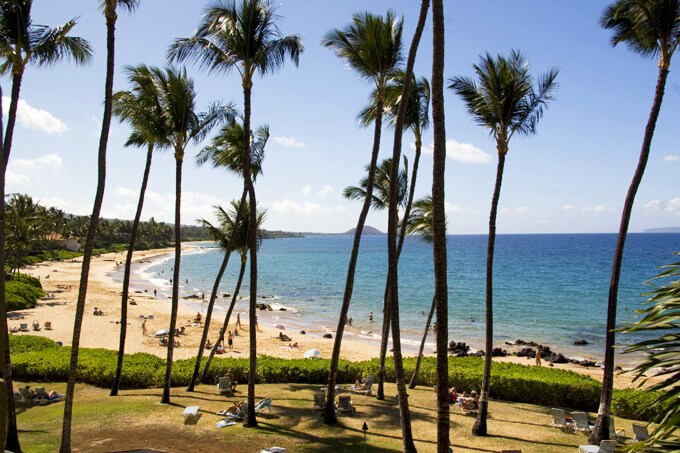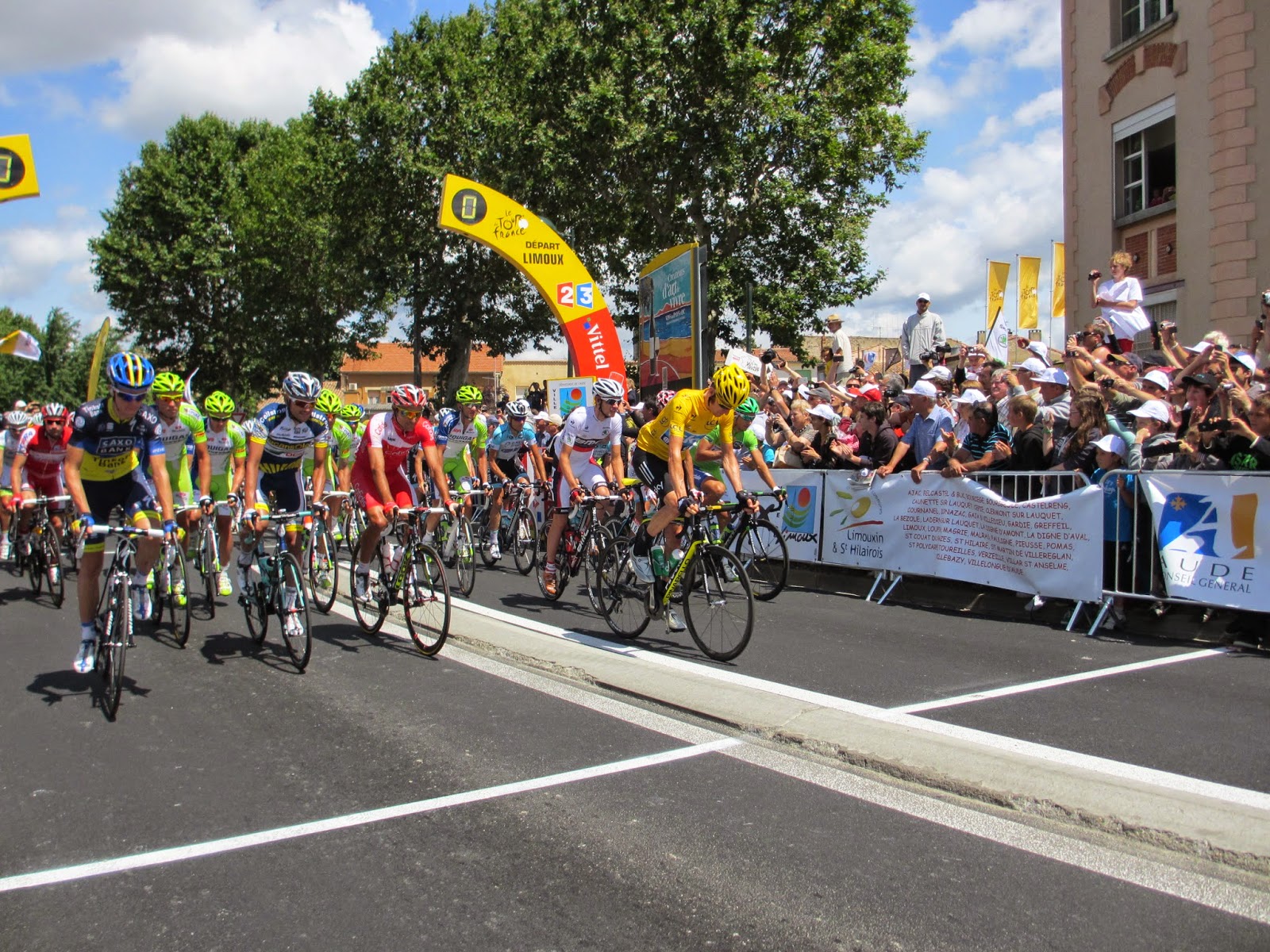| Is it a bird? Is it a plane? NO. It's a train. |
Before Your Flight:
|
| Your plane probably won't look this majestic. |
-Don't sit in front of an exit row; your seat will not recline.
-Aisle seat means extra leg room, a window seat means better for sleeping, a middle seat means the next few hours aren't going to be much fun.
-Avoid seats near the toilets unless you want a huge lineup of people next to you.
On Your Flight:
-On overnight flights, read or rest at least an hour before you want to fall asleep.
-Bring your own food and you won't have to wait for a meal.
| As long as you have a good attitude and don't eat too much food, you're set for a comfortable trip. |
-Use eye drops/nasal gel/lip balm to keep yourself from getting dehydrated.
Some Quick Tips:
Trains- • the cafeteria car is a good place to get exercise; power-walking up and down between the seats gets people really annoyed.
Planes- • Bring a small carry-on bag on the plane with you to keep at your seat. Use it to store essentials (phone, earbuds, snacks, more snacks, etc)
• Working on homework? Don't spread out excessively or you'll lose your stuff.
Cars- • Keep your seat/area clean and free of crumbs, because sitting in what's essentially a pile of compost for four hours isn't much fun.
Things to bring with you
• Put these items in a small-ish bag or backpack •
- passport (and boarding pass for flight)
- hoodie, warm sweater or scarf
- ear plugs
- phone
- headphones
- book
- laptop
- lotion
- hand sanitizer
- lip balm
- nasal gel
- food (almonds, granola bar)
- gum or mints
- water
What do I do?
|
Lots of people that go on car/train/plane rides think that the only thing you can do to pass the time is by wasting it on iPad games, staring at the live flight map, and complaining. It's important to realize that there are other things you can do that might actually be productive!
| Plan your vacation with a guidebook while on a flight, train, or car ride. |
- Another thing you can do is flight connection pre-planning. In most guidebooks, there's a map of some major airports that airline flies to. Figure out which gate your connection is at and how to get there. Look up the metro/subway map of the place you're going to, and find out how to get to your accommodation from the airport or train station.
More Things To Do:
- Do your homework/assignment. Flights are a good time to work without disturbances, but trying to work on things you have to do gets really boring after an hour or so. Do this at the beginning of the flight or train ride, when you're not brain dead.
 |
| Travel diaries might sound dumb, but they're fun to look back on (see my blog post). |
- Read a book. This is a good way to relax and calm yourself on a flight or train ride if you're trying to get to sleep, but it's also a good way just to pass the time.
- Make a funny video. This is a good time to make a video of your travels, or you and your friends/siblings doing something funny. Don't do it on an airplane, though, there's not enough room.
- Watch a movie. Get your friends to suggest movies you haven't seen yet. Tune out and go on a movie watching marathon. TV shows are also great-- download an entire season you haven't watched.
Don't do this before you want to try and sleep, the movie keeps you awake and stimulated (wow, I can't believe I actually found a use for that word!)
- Listen to music. It's relaxing, calming and a great way to pass time, from a few minutes to an hour.
Listen to quiet music to get to sleep, and more energetic music to wake up in a new city, especially after a time change.
- Play a game. Board games aren't great (DO NOT play Monopoly in the car unless you want to step on the little houses for weeks after), but cards, one word stories, and twenty questions are fun-ish.
Do this on train and car rides; your airplane seat-mate probably won't want to choose an animal, vegetable, or mineral.
- Eat food. Let's face it-- food is awesome. Bring small snacks like granola bars, chips, trail mix, and candy with you to pass the time and combat the not-always-tasty airplane food.
 |
| Plane food doesn't have to be plain food. Bring your own snacks to supplement. |
Well, this concludes my guide to enjoyment on flights, cars, and trains. I hope you learned a bit from this post, and maybe the next time you go travelling you'll be able to have a more comfortable, relaxing time.
Thanks for reading, and if you have any suggestions leave a comment below :)































